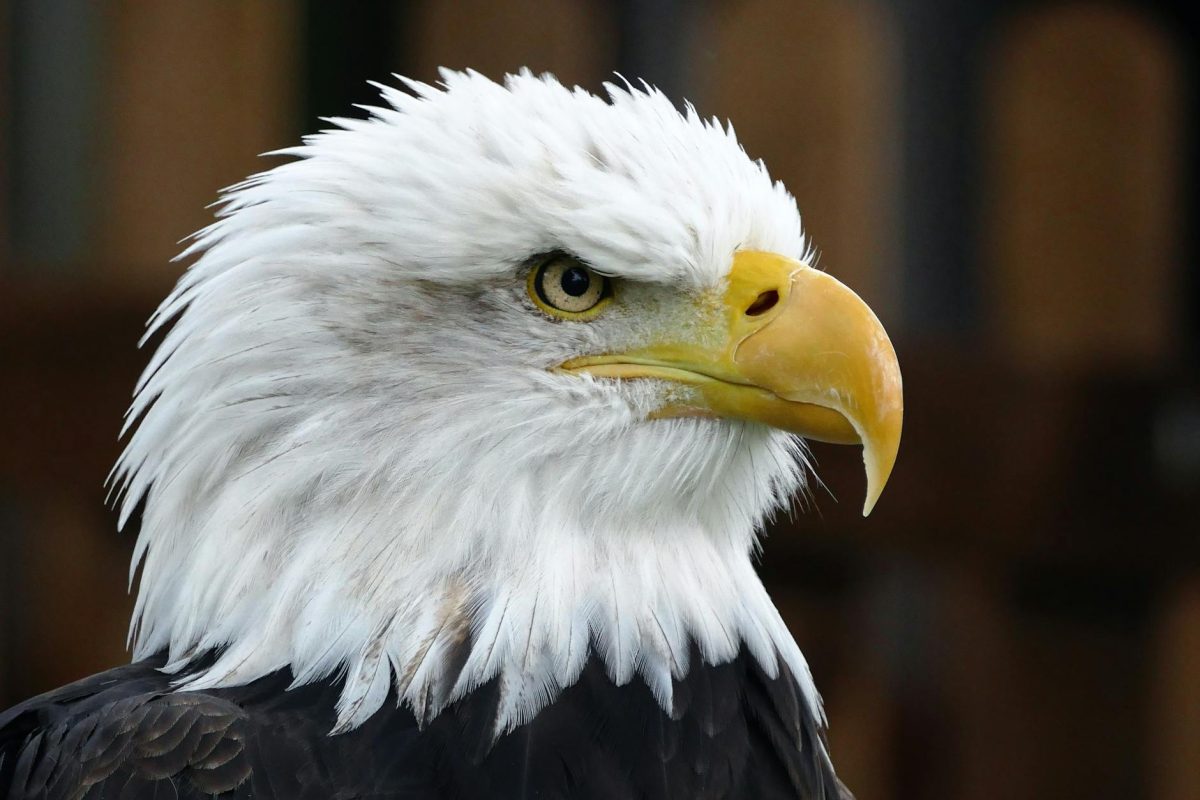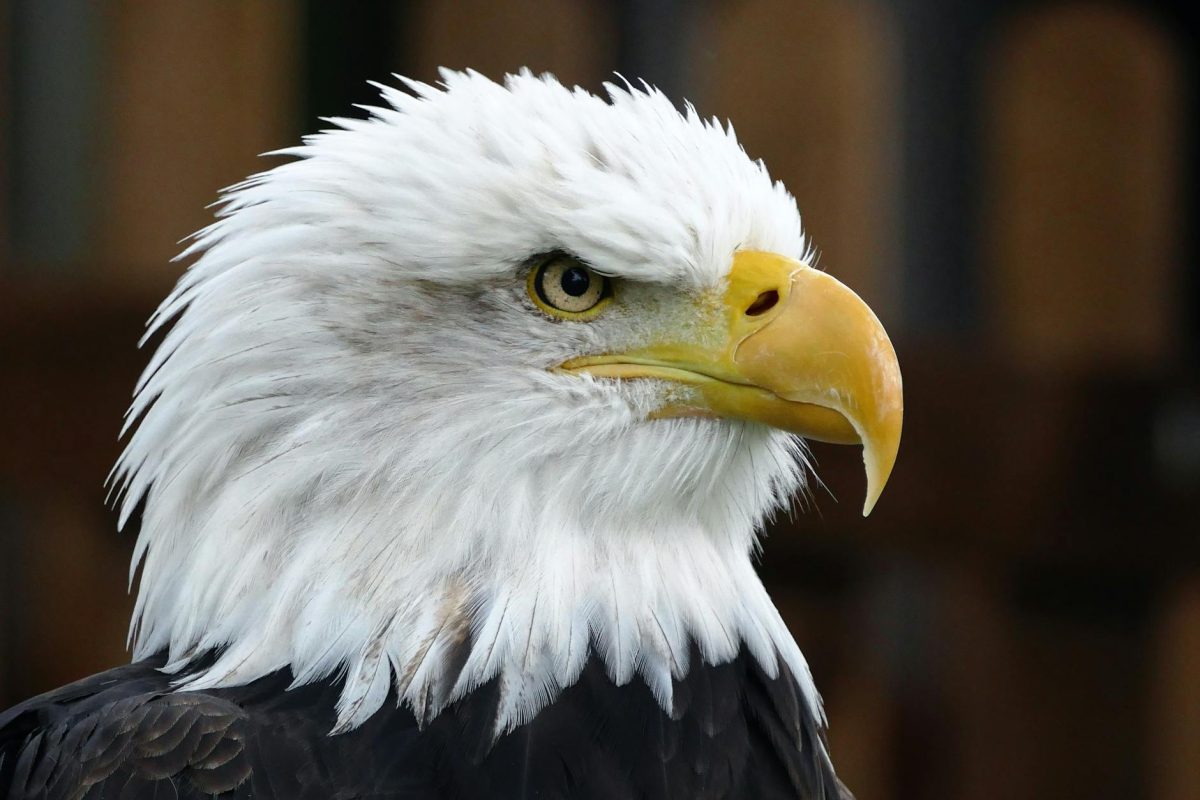Eagle Eyes: Superior Hunting Vision Unleashed
Eagles are renowned for their exceptional visual capabilities, often referred to as “eagle eyes.” These birds of prey possess sharp vision that surpasses that of most other animals. How do eagles achieve such superior hunting vision, and what makes their eyesight so remarkable? Let’s delve into the fascinating world of eagle eyes and explore the science behind their unparalleled vision.
The Anatomy of Eagle Vision
Eagles have evolved specialized features that contribute to their extraordinary visual acuity. One key aspect of their vision is the structure of their eyes. Like other birds of prey, eagles have large eyes relative to their body size, allowing them to gather more light and perceive details over long distances. This anatomical adaptation enhances their ability to spot prey from great heights.
Furthermore, eagles possess a high density of light-sensitive cells called cones in their retinas. Cones are responsible for color vision and visual acuity, enabling eagles to discern fine details with precision. This abundance of cones allows eagles to see a wide spectrum of colors and detect subtle movements, making them highly effective hunters.
Eagles also have a second set of eyelids called nictitating membranes that function as protective shields. These membranes can clear debris and moisture from the eyes without obstructing their vision, ensuring that eagles maintain a clear line of sight during flight and hunting activities.
The Role of Visual Acuity in Hunting
Eagle eyesight plays a crucial role in their hunting prowess. With their exceptional vision, eagles can spot potential prey from distances of up to two miles away. This keen eyesight enables them to identify small animals such as rodents, rabbits, and fish with remarkable clarity, even when camouflaged or in motion.
When hunting, eagles use their sharp vision to track and lock onto their prey with precision. They can swoop down from great heights at incredible speeds, honing in on their target with unparalleled accuracy. This ability to focus sharply on moving objects allows eagles to execute swift and deadly strikes, ensuring a successful hunt.
Adaptations for Aerial Hunting
In addition to their visual acuity, eagles have specialized adaptations that enhance their hunting abilities in the air. Their eyes are positioned forward-facing, providing binocular vision that allows for depth perception and accurate judgment of distances. This depth perception is crucial for judging the position and trajectory of prey while in flight.
Eagles also possess a remarkable ability to adjust their focus quickly, enabling them to maintain visual clarity during high-speed aerial maneuvers. This rapid accommodation allows eagles to switch effortlessly between scanning the horizon for potential prey and zeroing in on a specific target with pinpoint accuracy.
The Future of Eagle Conservation
As masters of the skies, eagles rely heavily on their exceptional vision for survival. However, these magnificent birds face numerous threats, including habitat loss, poaching, and pollution. Conservation efforts are crucial to protecting eagle populations and preserving their vital role in ecosystems.
By raising awareness about the importance of eagle conservation and supporting initiatives to safeguard their habitats, we can ensure that future generations will continue to be awed by the sight of these majestic birds soaring overhead with their keen eyes fixed on the world below.
In conclusion, eagle eyes represent a pinnacle of evolutionary adaptation, enabling these birds of prey to navigate their surroundings with unparalleled precision and grace. By understanding the science behind eagle vision and appreciating the remarkable capabilities of these majestic creatures, we can cultivate a deeper admiration for the natural world and work together to protect and preserve the legacy of the eagle’s superior hunting vision.

